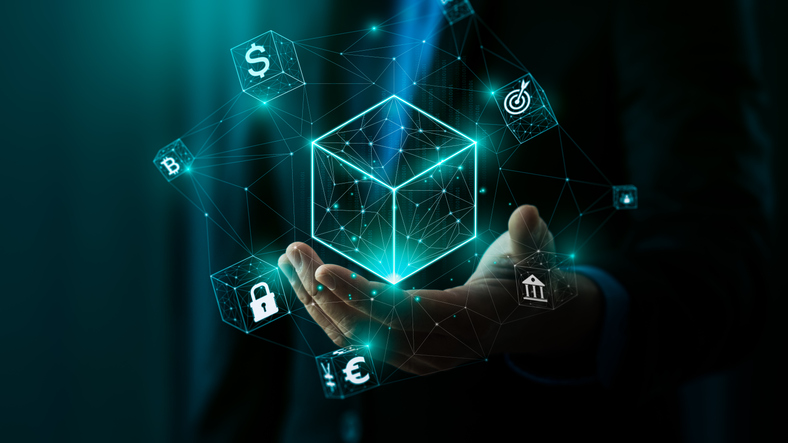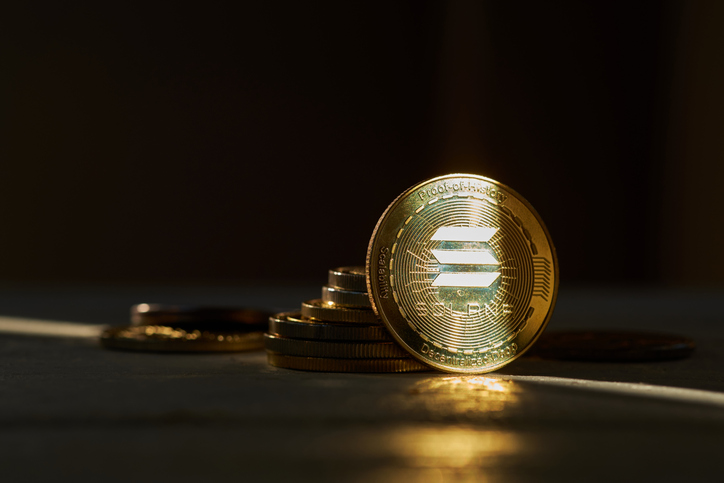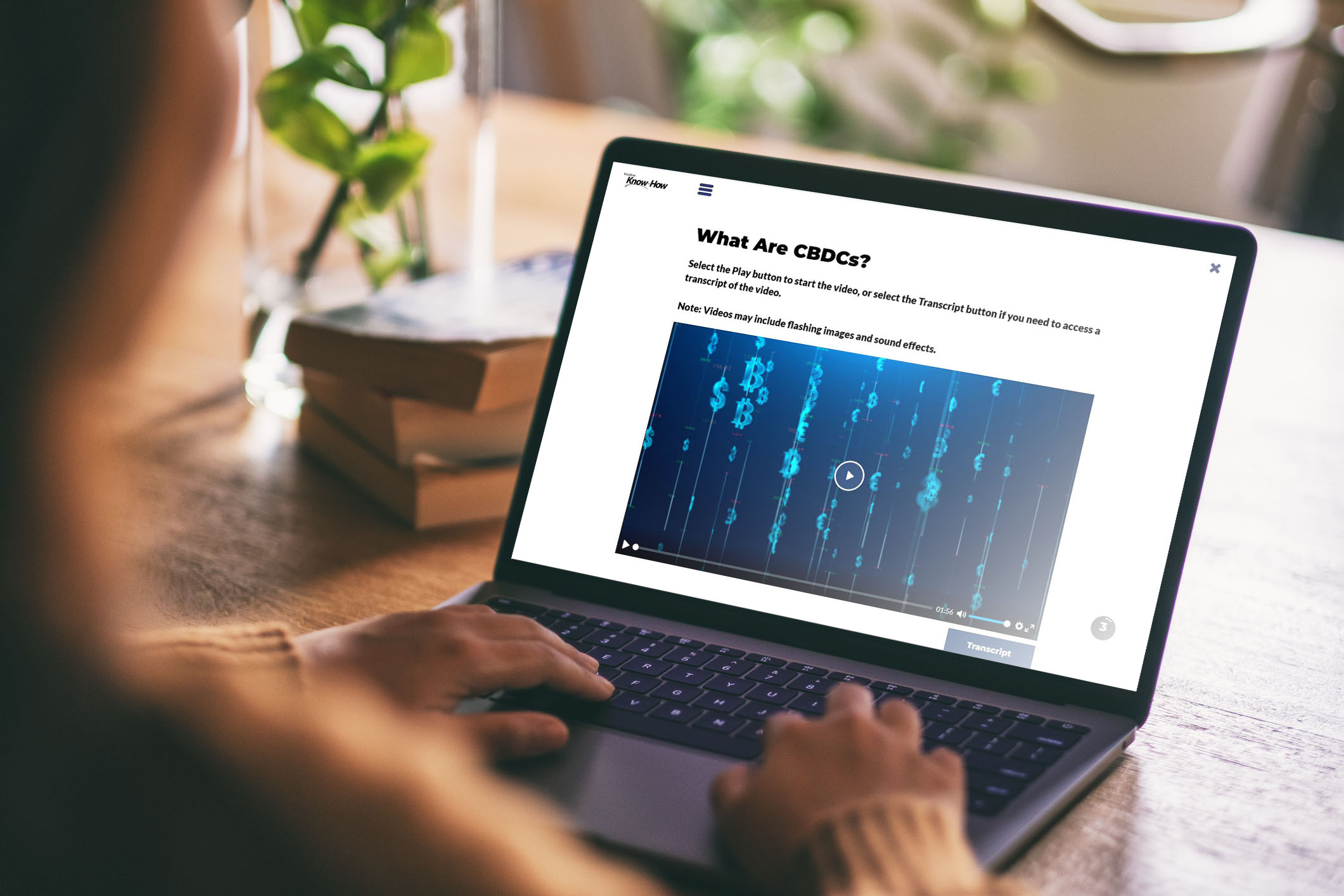TradFi embraces DeFi in landmark blockchain initiative
An initiative between a group of financial institutions and the world’s most publicly used blockchain promises to accelerate the migration of real-world assets onto the distributed ledger.
R3, a UK-based software group which has developed blockchains used by financial institutions including HSBC, Bank of America, Euroclear, and the Monetary Authority of Singapore, has struck a deal with the Solana Foundation that lets its clients issue and settle assets on Solana’s public blockchain. The Foundation will also invest in R3 and take a board seat – an unmistakable vote of confidence in a network better known (until now) for memes and retail-facing apps.
***
Get weekly insights from The Intuition Finance Digest. Elevate your understanding of the finance world with expertly-crafted articles and podcasts sent straight to your inbox every week. Click here: https://www.intuition.com/finance-insights-the-intuition-finance-digest/
***
Crypto ecosystems & tokenization
The world of digital assets is now familiar. Digital art and digital money are concepts well embedded in public consciousness, while crypto assets have captured massive attention – sometimes courting infamy.
Crypto assets are a subset of digital assets: they are private digital assets that use cryptography and distributed ledger technology (DLT) to record asset ownership and exchanges – typically on a blockchain where transactions are publicly viewable.
Because the blockchain is decentralized, meaning no single person or group controls it, all users collectively retain control. This allows transactions on the blockchain to occur without an intermediary, such as a financial institution – in other words, decentralized finance (DeFi).
The process through which tangible and intangible assets are converted into crypto assets is known as tokenization. Effectively, this creates a digital representation of the underlying asset in the form of a token recorded on a blockchain that can be traded more easily than the (often-illiquid) underlying asset. Tokenization has already been applied outside finance, including real estate where high-value properties can be divided into digital tokens, allowing investors to purchase fractional stakes in assets that were once the preserve of institutions or the ultra-wealthy.

Tokenization of traditional financial assets gathers steam
In the financial sphere, tokenization can be used to convert traditional instruments like shares, bonds, and investment funds into digital tokens recorded on blockchains.
These tokens represent ownership rights equivalent to those conferred by conventional means, such as physical certificates or digital entries in central securities depositories (CSDs). The key difference lies in the infrastructure: blockchain-based tokens can be transferred more efficiently, often reducing the need for multiple intermediaries.
A notable example of tokenization of traditional financial assets is BlackRock’s USD Institutional Digital Liquidity Fund (BUIDL), its first tokenized fund issued on a public blockchain. This fund allows qualified investors to earn US dollar yields. Advocates of tokenization in financial markets cite the enablement of instantaneous and transparent settlement, expanding investor access to on-chain offerings, and allowing for transfers across platforms.

What R3’s Solana deal means
R3’s venture with the Solana Foundation is being positioned as a major step toward building what its backers call “internet capital markets” — a new infrastructure allowing regulated financial institutions to issue and transact real-world assets (RWAs) on a public blockchain. To highlight the scale of the opportunity, R3 cites the following:
- Tokenized RWAs have grown 80% over the past two years, reaching just over USD 22 billion
- This USD 22 billion represents only 0.0026% of the total tokenizable RWAs, underscoring the vast potential for expansion
- Standard Chartered forecasts that tokenized assets could exceed USD 30 trillion by 2034
On the TradFi side, the appeal lies in greater liquidity, access to new investor bases, more efficient settlement, reduced counterparty risk, and cost reductions through smart contract execution. For large institutions, it also offers a potential competitive advantage as capital markets continue their shift toward a more digital architecture.
For DeFi participants, the benefits include access to regulated real-world assets, which offer a degree of stability and diversification absent in most crypto-native offerings. It also opens the door to new yield opportunities backed by traditional assets, with potentially lower counterparty risk.
The sponsors present this as a breakthrough for institutional adoption of public blockchain infrastructure. And for many in TradFi, the push may also be defensive. As one insider put it: “We know DeFi isn’t coming to TradFi, so it’s up to us to build the connective infrastructure that links DeFi and TradFi.”

Reality check
Amid all the fanfare, a reality check may be in order, and some of the projections referenced by the sponsors seem punchy. To reach USD 30 trillion by 2034 (Standard Chartered’s projection) – from just USD 22 billion today – tokenized RWAs would need to grow more than 1,300%. Meanwhile, the claim that current tokenized RWAs represent just 0.0026% of the total tokenizable universe implies tokenizable assets of around USD 850 trillion. That figure appears significantly inflated compared with other estimates, which put the total value of tokenizable assets closer to USD 250 trillion.
Still, even if tokenization falls short of the most ambitious forecasts, the broader momentum is real. The R3–Solana deal signals growing institutional interest in public blockchains, and the early use cases – however modest – do appear to be unearthing efficiencies in settlement, transparency, and market access. As infrastructure develops and standards mature, the real-world impact of tokenization is likely to grow.
Intuition Know-How, a premier digital learning solution for finance professionals, has several tutorials relevant to the content of this article:
- Digital Assets
- Crypto Assets – An Introduction
- Regulation – An Introduction
- Markets Regulation – An Introduction
- Anti Money-Laundering (AML) (2024)
- Blockchain
- Tokenization
- Crypto Derivatives
- DeFi
Browse full tutorial offering



